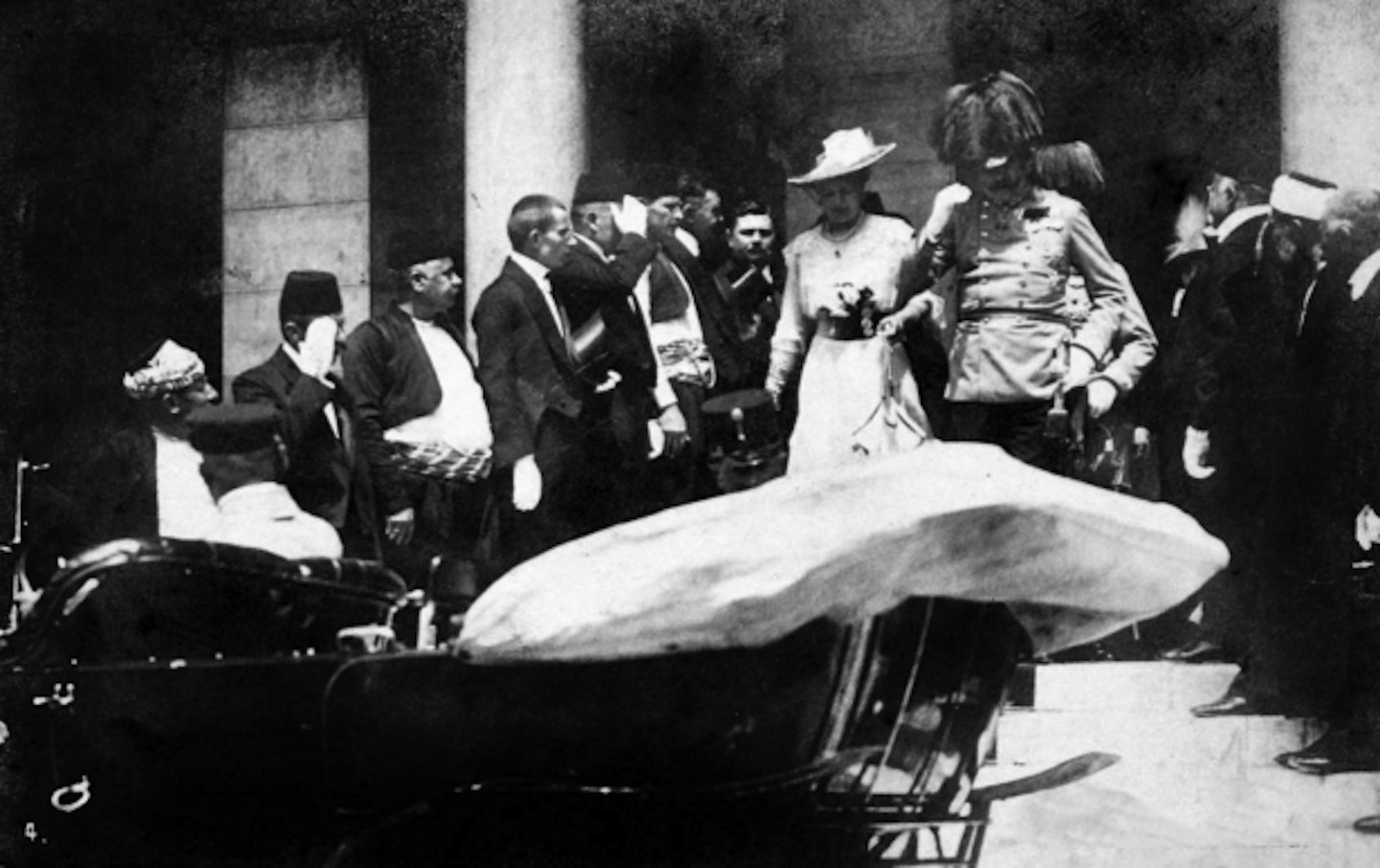
Tankosic had a history of reckless behaviour and insubordination and Apis apparently described him as a ‘drunkard and a good for nothing’. The last thing he wanted was to fight a war with the numerically superior Austro-Hungary.Ī strong case can be made that Tankosic helped the assassins without consulting Apis. At the time he was locked in a power struggle with his own government. Apis had little to gain by assassinating Franz Ferdinand.

The version of events depicted in my novel The Assassins is an amalgam of the two theories.Ī new argument has been put forward by John Zametica in Folly and Malice: The Habsburg Empire, the Balkans and the Start of World War One, suggesting that Major Tankosic trained and armed the assassins on his own initiative, without the knowledge or permission of Apis. There is also some debate as to whether or not Apis tried to stop the assassination, when he’d had a chance to reconsider his decision. Lacking the means to carry out the assassination they went to Tankosic for help, he in turn asked permission from Apis who sanctioned the assassination on a whim. They also intended to spread fear amongst the ruling class and ignite a revolution that would ultimately unite the South Slav people into a Yugoslav state.

The second theory is that the assassination was the idea of the assassins themselves who planned to assassinate Franz Ferdinand as an act of revenge for the suffering imposed on the South Slav people by their colonial rulers. The assassination was organised by his deputy Major Vojislav Tankosic who recruited the assassins, trained and armed them and provided safe passage to Sarajevo. The first is that it was ordered by Colonel ‘Apis’ Dimitrijevic, the head of Serbian Intelligence, to stop Austro-Hungarian interference in the Balkans and allow Serbian expansion. There are two basic schools of thought about the origins of the plot to assassinate Franz Ferdinand.


 0 kommentar(er)
0 kommentar(er)
